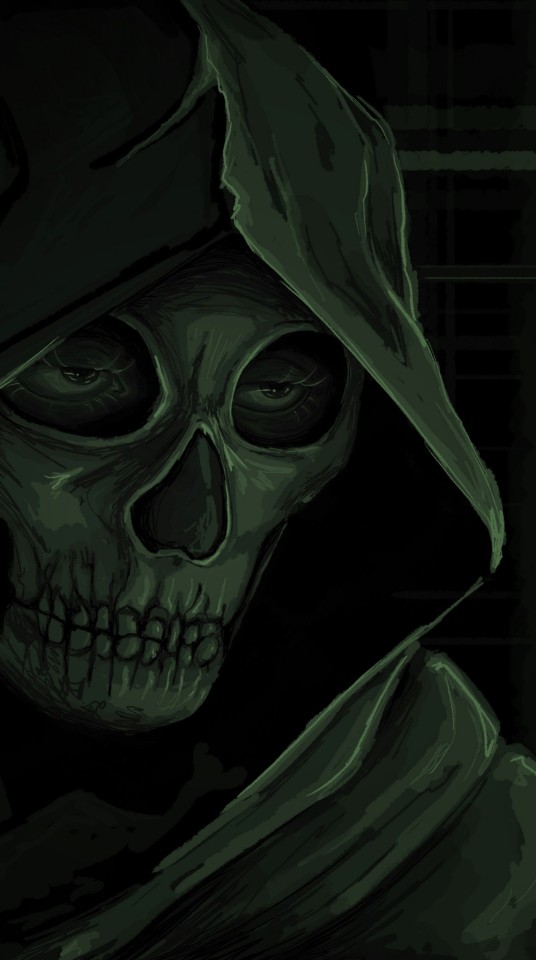#i feel the emotional equivalent of shrimp colors every time i see it
Explore tagged Tumblr posts
Text
The grim reaper outfit is making me feral every time I see it so here's a quick sketch of it :)

I'm also actually pretty pleased with the eyes for once

#this special outfit makes me feel like a victorian man seeing ankles for the first time#i feel the emotional equivalent of shrimp colors every time i see it#beautiful beautiful war criminal#my babygirl#such a pretty little princess#simon ghost riley#call of duty#ghost#ghost cod#ghost call of duty#grim reaper ghost#simon riley#my art
609 notes
·
View notes
Note
1, 26, & 30? <3
1. three songs that come up when you put your phone on shuffle
Beauty Queen -- Foxes
Things in the Fire -- Bastille
Only Girl (in the World) -- Rihanna
26. three favourite non-English songs
yesss I listen to so many non english songs!!! was hoping someone would ask this!
Desde Cuando -- Alejandro Sanz. I first heard this song when I was in Colombia and it's to date one of my favorite love songs. I've forgotten most of my Spanish now but I still know all the words to this song.
Formidable -- Stromae. Stromae stromae stromae!!!!! I love all of his songs his dance tunes are incredible but when he sings a sad song it absolutely guts me and this one gets me every time. The music video is also genius
Nessun Dorma -- Luciano Pavarotti. It's thee song. For everything. (Also I made a Cas video to it to but like. That's beside the point. This song will actually make you see God.)
30. three songs you really want your followers to know (for reasons other than all those above)
you already know this but to my other followers: STREAM MY BODY IS A CAGE BY PETER GABRIEL (if you listen to the arcade fire version i love you but you're wrong). seriously this song is not just the the ultimate spn song but it's an unforgettable Experience
No Children -- The Mountain Goats. It's the one song guaranteed to make you laugh on any bad day. The lyrics are an absolute delight
Take It Easy -- Jetta. This song is the equivalent of seeing shrimp colors. It makes you feel indescribable Emotions every single time
4 notes
·
View notes